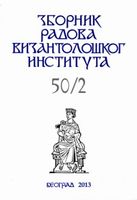
Byzantine Eden
Byzantine Eden
Keywords: Eden; Paradise; Aeon; Septuagint; celestial; terrestial; sacral garden; iconography
The article deals with Byzantine descriptions of Eden juxtaposed to celestial Paradise.
More...
Keywords: Eden; Paradise; Aeon; Septuagint; celestial; terrestial; sacral garden; iconography
The article deals with Byzantine descriptions of Eden juxtaposed to celestial Paradise.
More...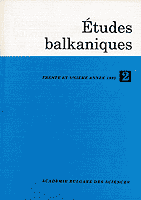
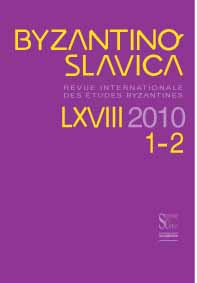
The article deals with the question of existence of a separate academic field of Byzantine philosophy and of its place in the modern philosophical research. In the first part, author gives an outline of the main trends in the scholarship on Byzantine philosophical tradition, highlighting some of the main works in the field. In the second part, the author gives his opinion on the questions raised and offers some suggestions and remarks on the development of the study of Byzantine philosophy.
More...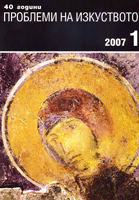
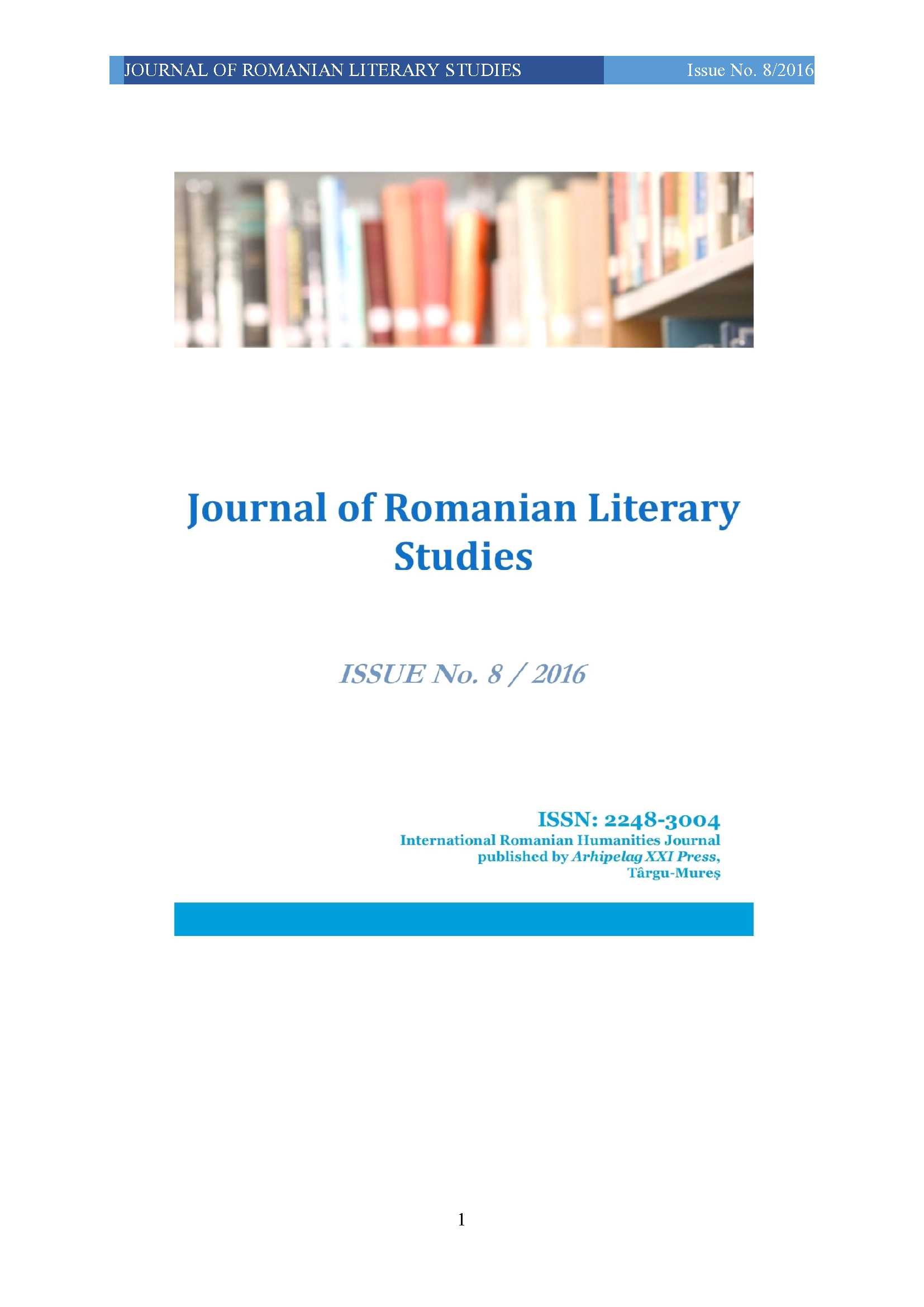
Keywords: South ŔEastern Europe;byzantine;romanised;Christian;Orthodox
Eastern Europe - Southeast was even from the Byzantine period a conflict zone, influences and cultural contrasts. An enormous area bounded on the east by the Dniester River, west of Tisa in the south of the Dinaric Mountains and north of the Vistula. This was a heavily disputed area over time, Even their story is not unitarian,such as their people: in the are of former Dacia proper, they would be absorbed and latinized thus leaving a lasting ethno-linguistic footprint. In the East, between the Dniester and Volga Rivers the slavs were the majority, forming the foundation of Russia, Belarus and Ukraine today, states strongly related to their Slavic heritage.
More...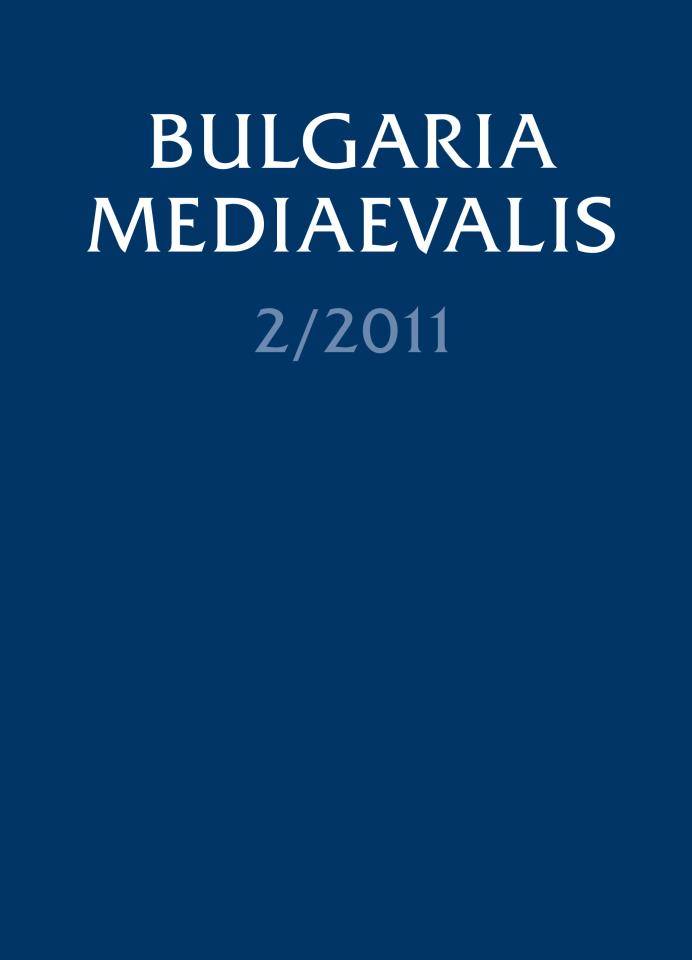
Keywords: byzantine;Bulgarian history;
More...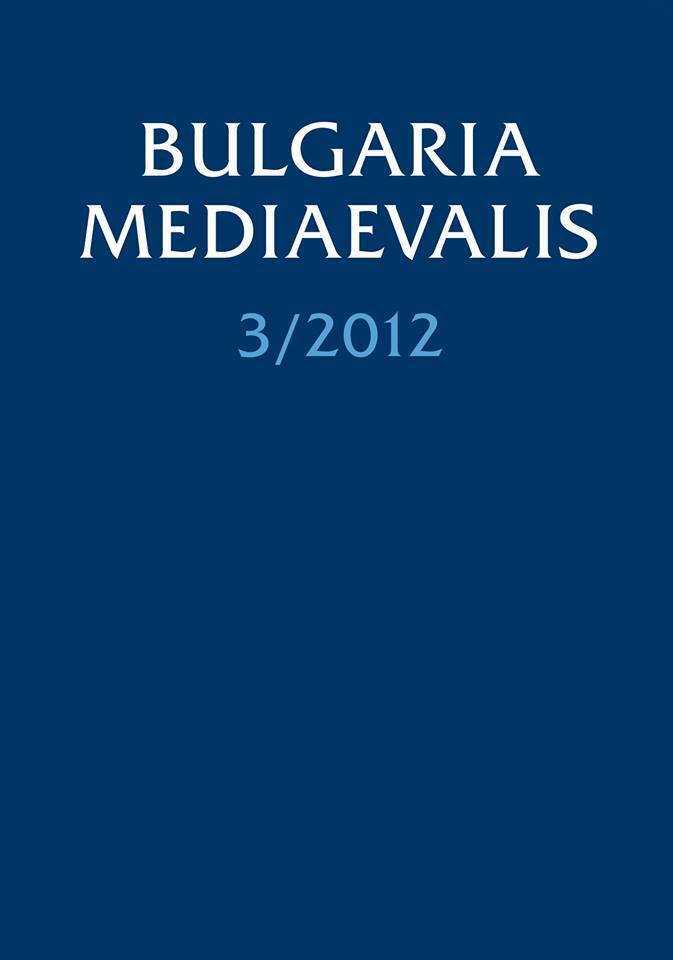
Keywords: byzantine;
More...
Keywords: byzantine;
More...
Keywords: byzantine;Bulgarian history;
More...
Keywords: byzantine;
More...
Keywords: byzantine;
More...
Keywords: byzantine;
More...
Keywords: byzantine;Bulgarian history;
More...
Keywords: byzantine;Bulgarian history;
More...
Keywords: byzantine;Bulgarian history;
More...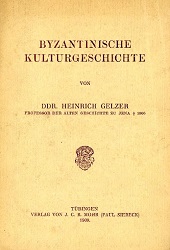
Keywords: Byzanz;
The Byzantine Empire was judged extremely harshly in earlier times, and Byzantinism is considered by us to be the technical expression for a servile tail-wagging. According to the view of the time, Byzantium was the epitome of all wickedness and depravity. However, thanks to the penetrating research work of the past generation, as it was carried out by the leading men among the Byzantinists - I mention among the French: Cardinal Pitra, Rambaud de l'Institut, Legrand, G. Schlumberger de l'Institut, Duchesne de l 'Institut, Diehl, RP Louis Petit 0. SA, Omont, among the Germans: Cardinal Hergenroether, Gass, Ehrhard, Krumbacher, Treu, de Boor, among the English: Finlay, Bury, among the Austrians: Miklosich, Müller, Jirecek, among the Russians: Veselovsky, Vasilievsky, Golubinsky, Durnowo, among the Greeks: Hatzidakis, Lambros, etc. - at least among the more highly educated, the thick fog of limited and dull prejudices gradually began to dissipate. So in the past generation a completely new picture of the medieval Greek state on the Bosporus, which has been cleared of the stale prejudices and which is vastly different from the previous one, has emerged. (introduction)
More...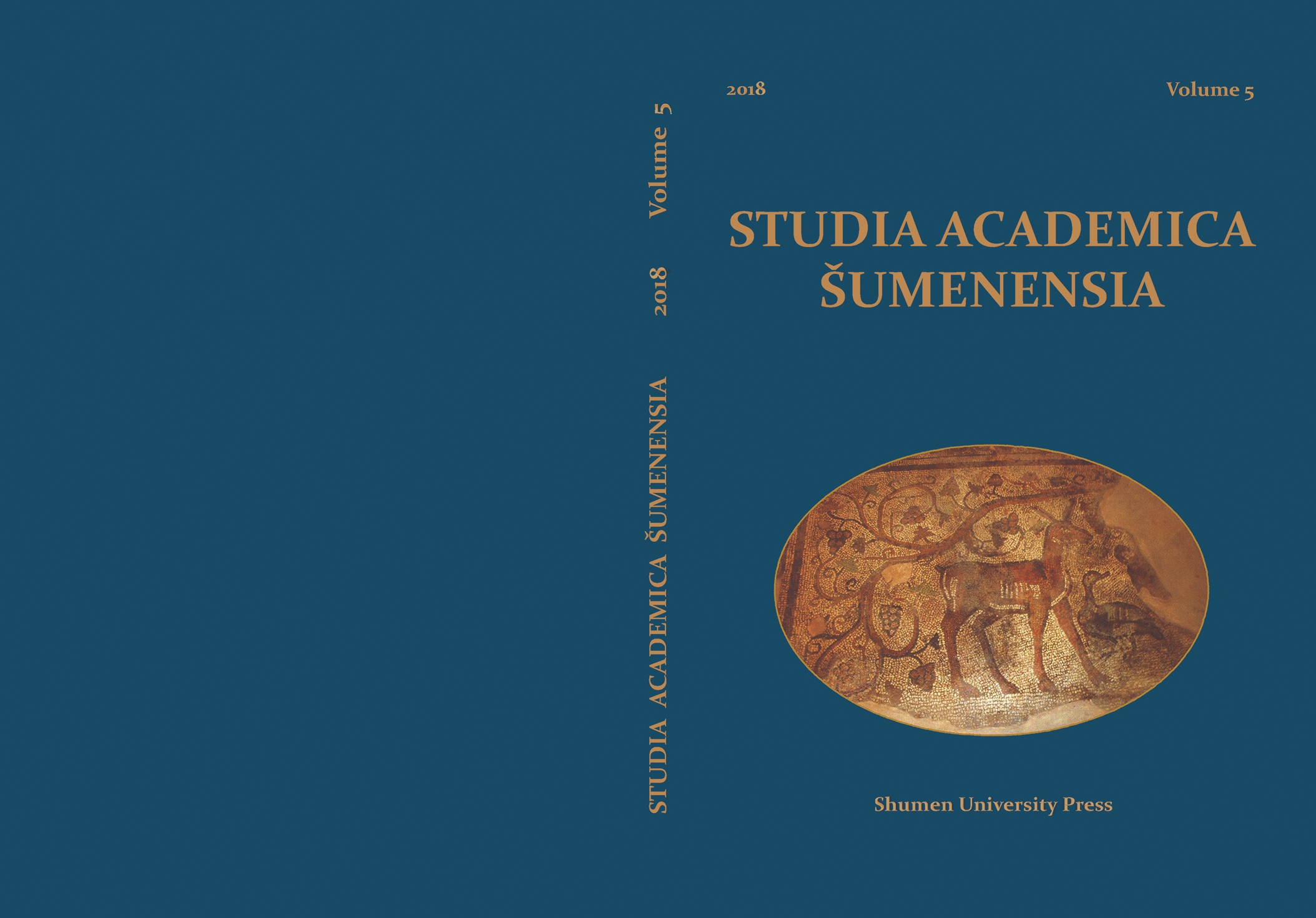
Keywords: sigillography; Byzantine lead seals; boulloteria
The article offers a brief overview of the development of Byzantine sigillography. We study the publications in the different countries and their contribution which leads to the main purpose of compiling a complete corpus of Byzantine seals and using their information as complete historical sources.
More...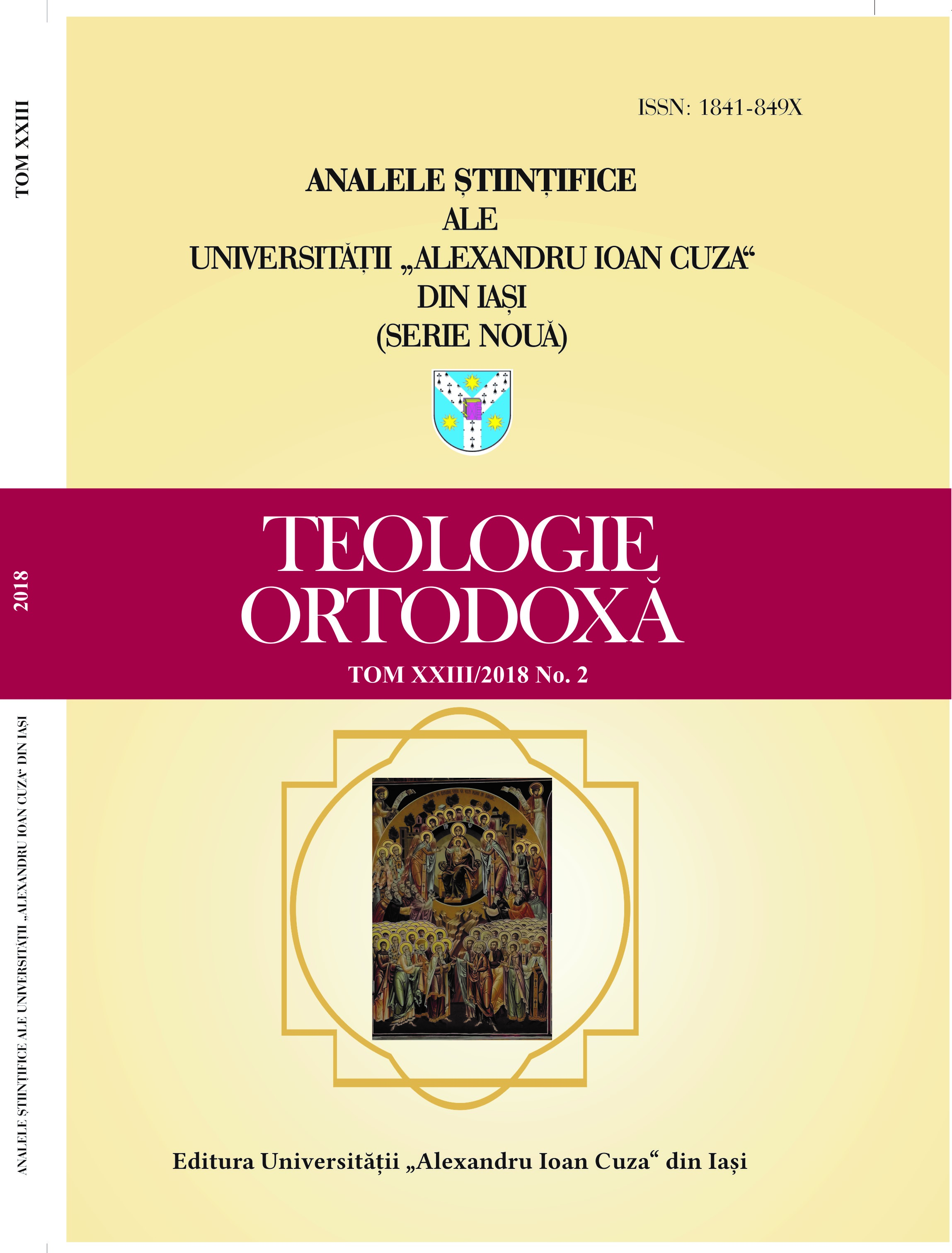
Keywords: "icon"; "Byzantine style"; "Byzantine pictorial system"; "pictorial language";
Byzantine painting is more than just a style in the history of painting, it is a way of portraying a different, spiritual reality. Based on the art of late antiquity, Byzantine painting evolved as an artistic language expressing the relation between God and man. Regardless of the historic period or geographic region to which a certain Byzantine monument belongs, it is constructed under the rules and principles of the same pictorial system, while a sum of characteristics of pictorial elements are changing according to each artist, painting school or region.
More...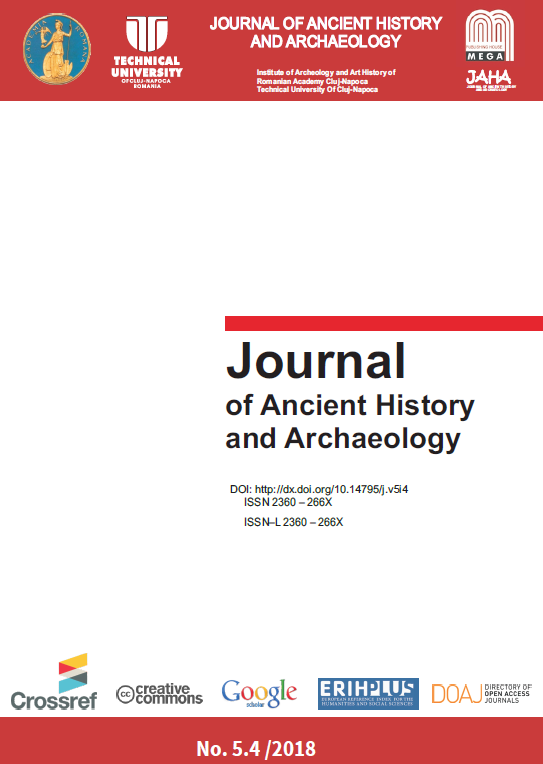
Keywords: Byzantine Historiography; Byzantine History; Byzantine Studies; Bibliography; 20th Century Historians; Ancient History; Byzantine Empire; Byzantine Textbooks; Historiography
Though the modern study of Byzantine civilisation and history dates back to the late 19th century, the establishment of a definitive introductory textbook in the English language would be a slow process that would not culminate until the 1950’s. Due in part to the enormous chronological termini of Byzantine History, and major primary sources in at least five different languages, the number of introductory works is much smaller than in other historical disciplines. As a result, Byzantine history textbooks are still very closely welded to two initial templates established in 1892 and 1925. This article will briefly examine the initial templates laid down by the early authors of Byzantine textbooks. Following the examination of these templates, we will move chronologically through some of the main publications of the long 20th century, concluding in the present day, gauging the impact of these works through scholarly reaction and publication information.
More...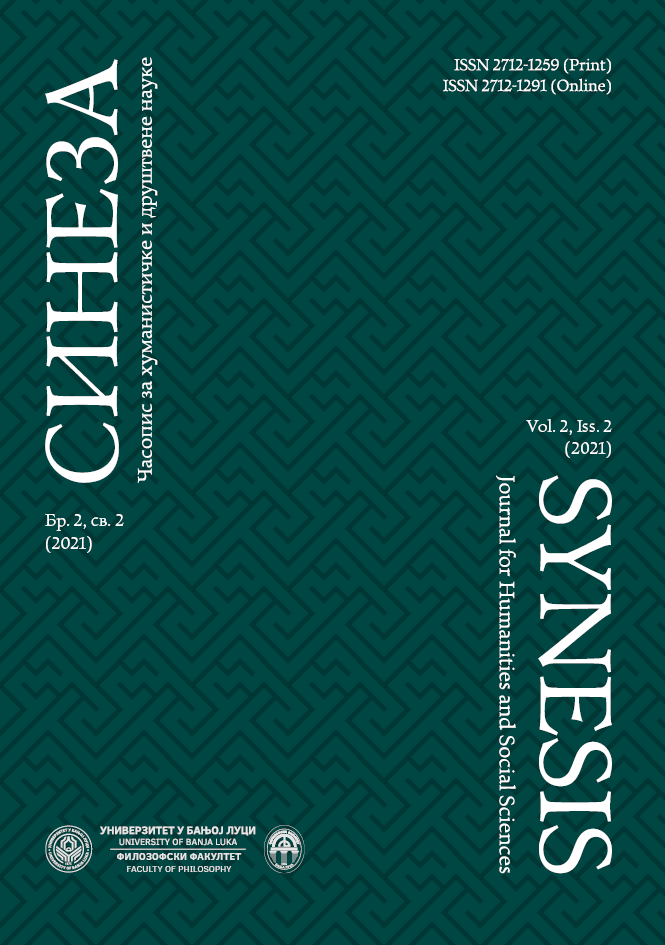
Review of Angelov, Dimiter. (2019). The Life of Emperor Theodore Laskaris and Byzantium in the Thirteenth Century. Cambridge: Cambridge University Press. str. 460
More...